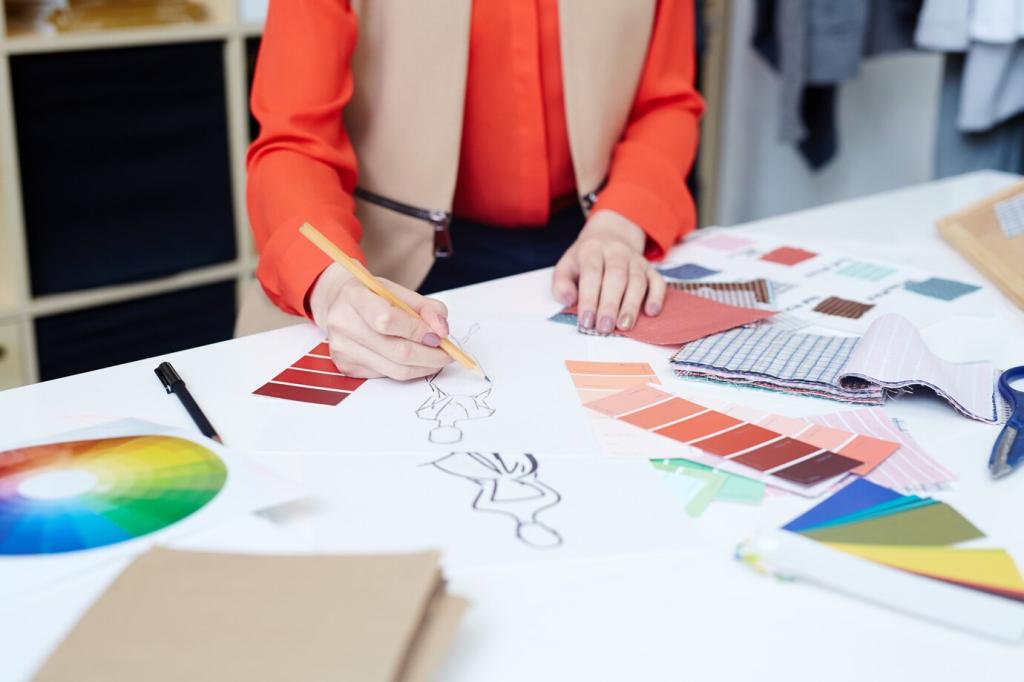Voice and Tone: Aligning Brand, Designer, and Homeowner
Decide whether your narrative voice is the Sage, the Caregiver, or the Creator, and let that archetype guide diction, pacing, and metaphor. Consistent personality builds trust, making every project description sound unmistakably like your studio’s distinct point of view.
Voice and Tone: Aligning Brand, Designer, and Homeowner
Create a house glossary—words that echo your material palette and craft standards. If you favor natural finishes, use language that feels grounded, tactile, and patient. Over time, this lexicon becomes a signature—a recognizable texture in your storytelling itself.


